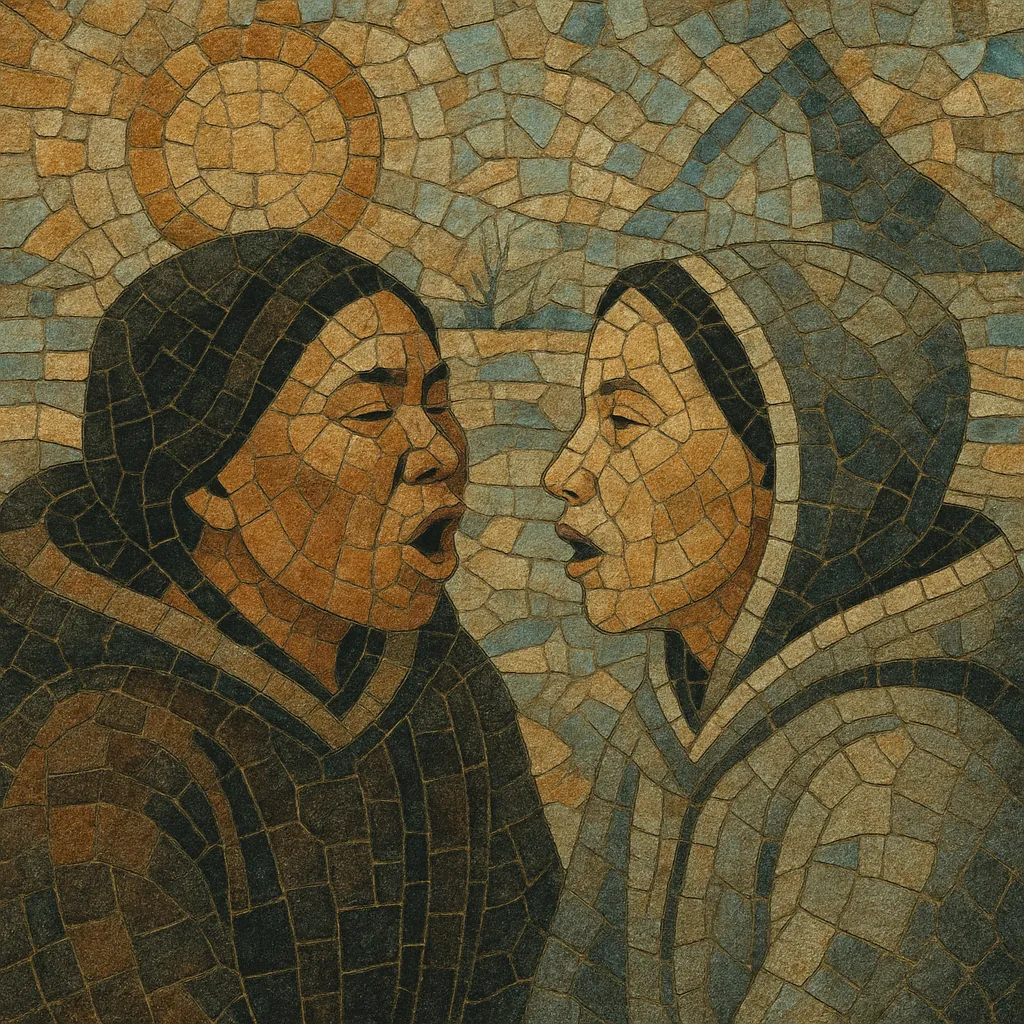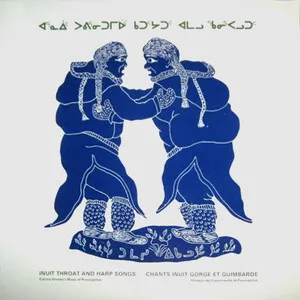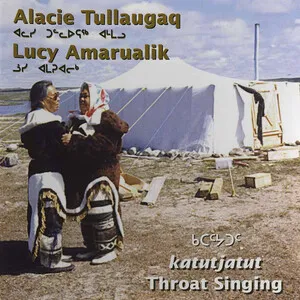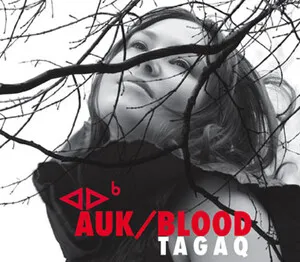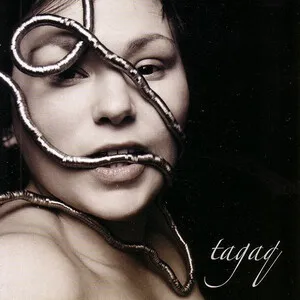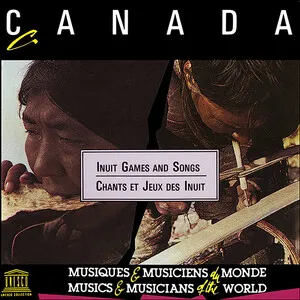Inuit vocal games (Inuktitut: katajjaq) are a traditional, largely improvised duet practice in which two singers face one another and create rapid, interlocking patterns of exhaled and inhaled syllables.
Unlike most song traditions, the focus is rhythmic and timbral rather than melodic: singers alternate short motifs, mimic the sounds of animals and the environment, and gradually accelerate until one participant falters or laughs, ending the round.
Historically performed by Inuit women across the Eastern Canadian Arctic and parts of Greenland, the practice served as a social game, a way to entertain children, and a playful competition that builds breath control, stamina, and communal cohesion.
Katajjaq most likely developed with the emergence of Inuit (Thule) culture around the 11th century. It was traditionally practiced in Inuit communities of the Eastern Canadian Arctic (Nunavut, Nunavik, Nunatsiavut) and parts of Greenland. Performed mainly by women while men were away hunting, vocal games served as a social pastime, a competitive game, and a way to soothe or entertain children. The call-and-response format, mimicry of animals (e.g., geese, dogs, caribou), and tight breath control reflect deep ecological knowledge and communal play.
In the late 19th and early 20th centuries, missionary pressure and colonial policies discouraged or suppressed many Indigenous practices, and some communities saw a decline in vocal games. Ethnographers and broadcasters began documenting katajjaq in the mid-20th century, preserving recordings that later informed cultural revitalization efforts. These recordings highlighted the music’s antiphonal structure, competitive rules, and wide palette of nonlexical syllables.
From the late 20th century onward, community cultural programs, school curricula in Nunavut, and Indigenous arts organizations supported a revival. In the 2000s and 2010s, artists brought Inuit throat singing to global stages—sometimes integrating it with electronics, pop, or experimental music while maintaining community-centered teaching and performance. Social media further amplified intergenerational transmission and visibility, showcasing both traditional duet games and innovative, concert-stage adaptations.

